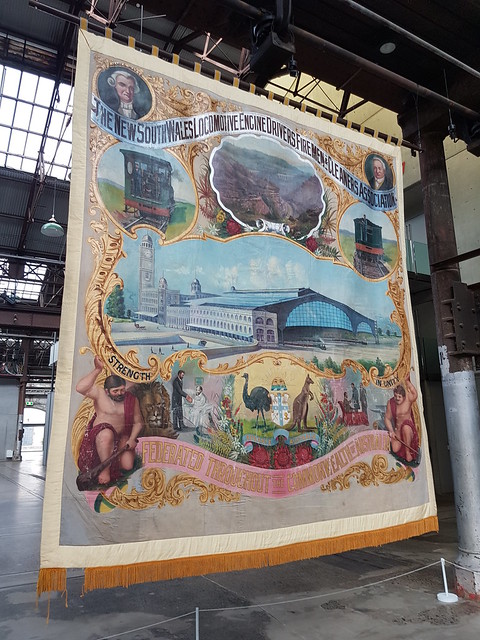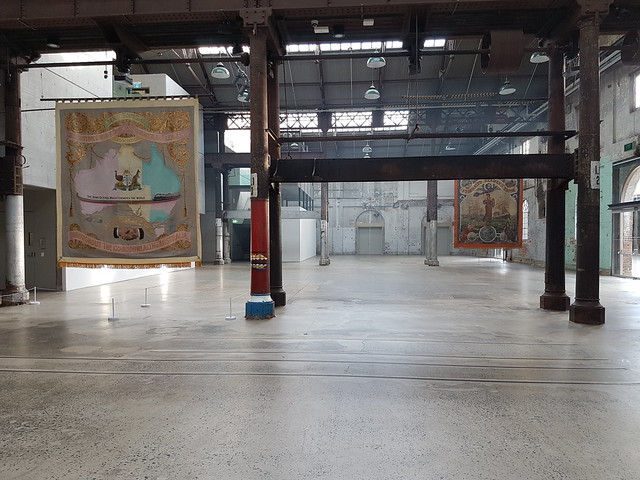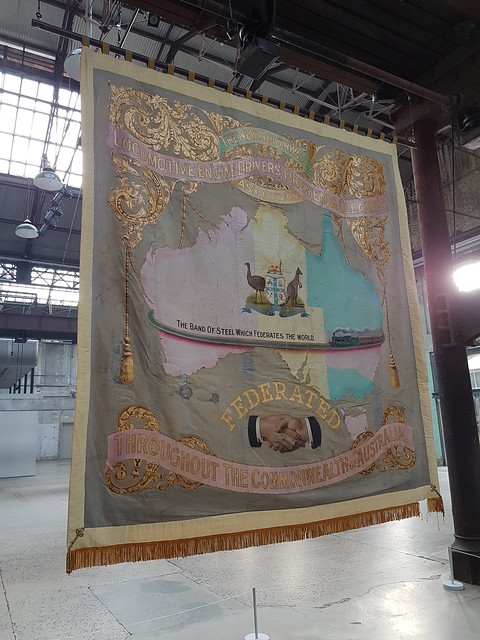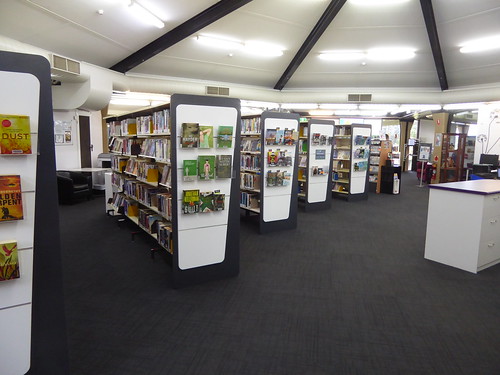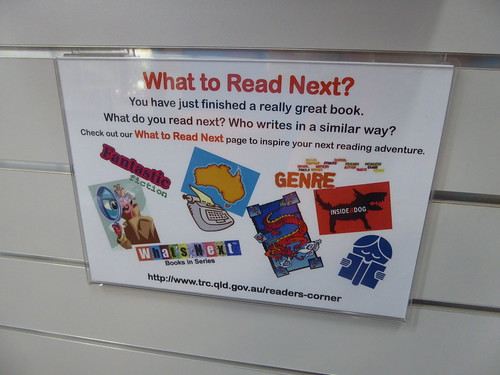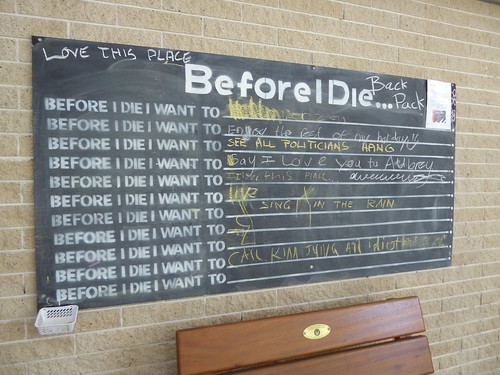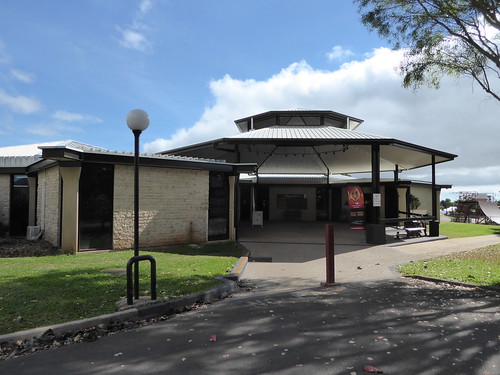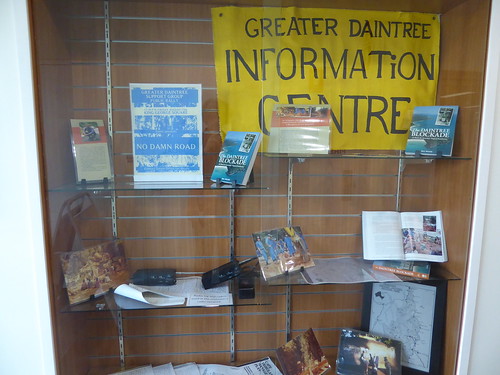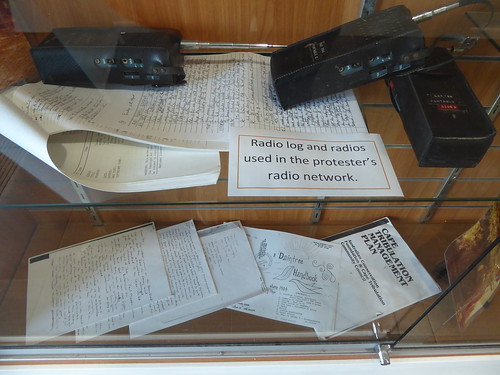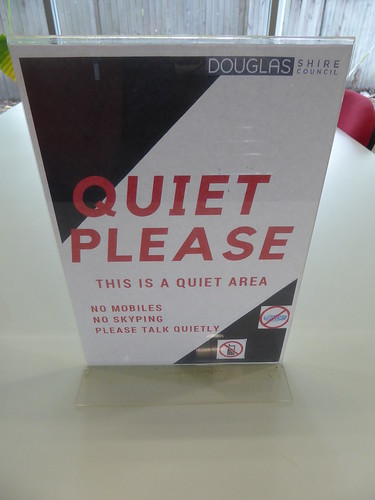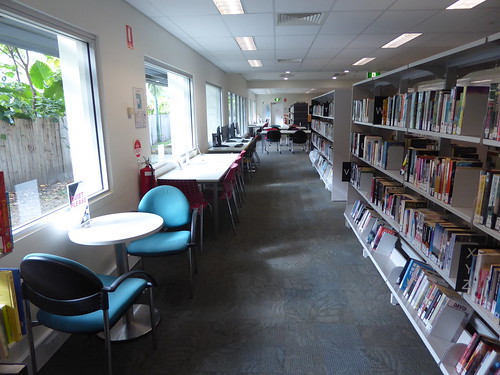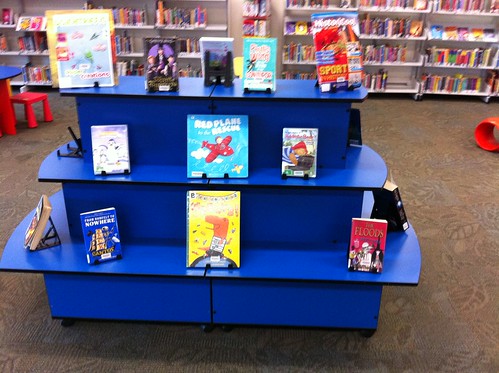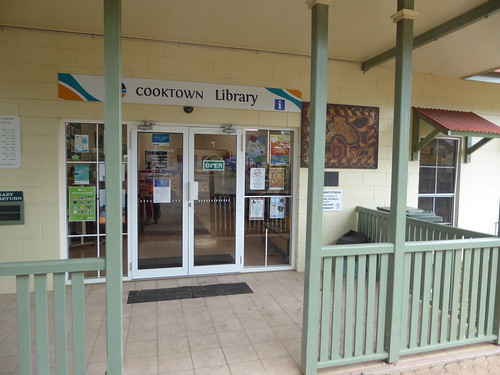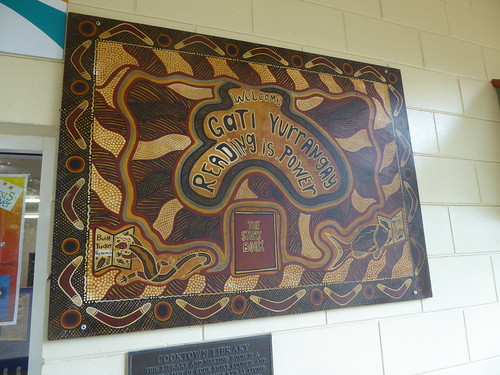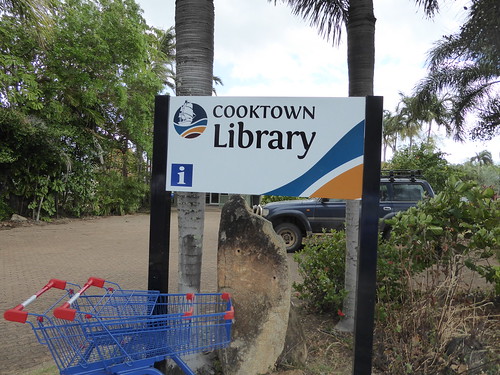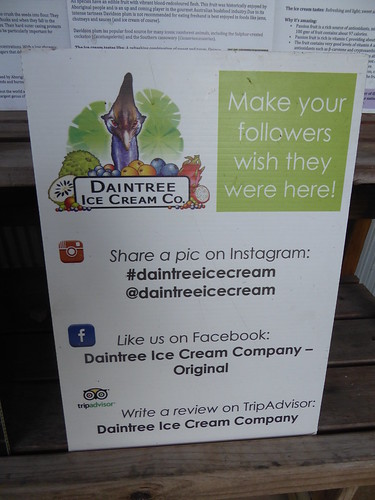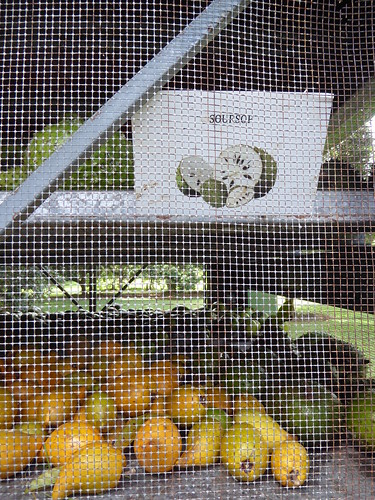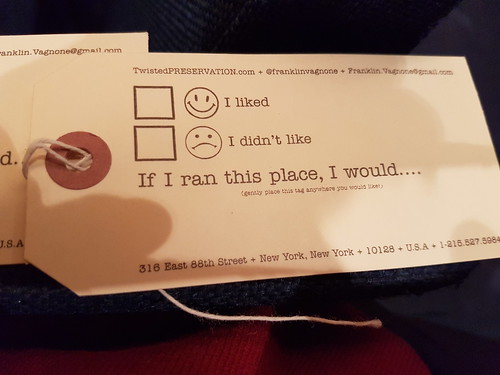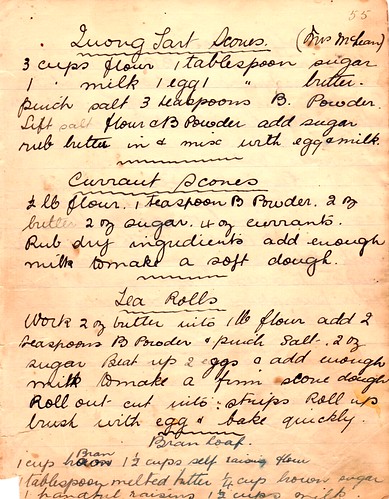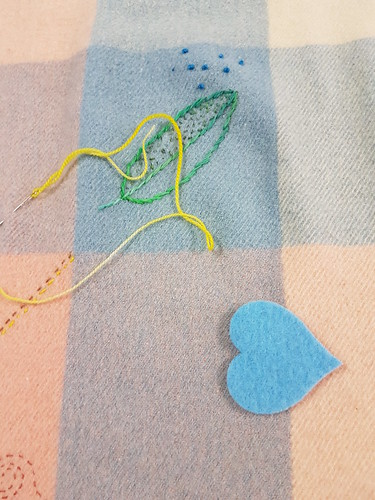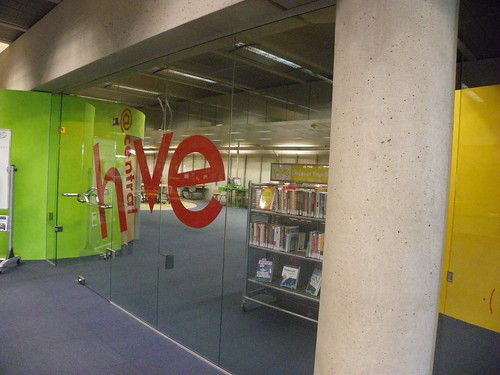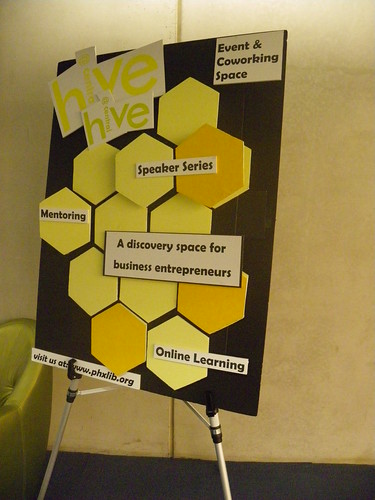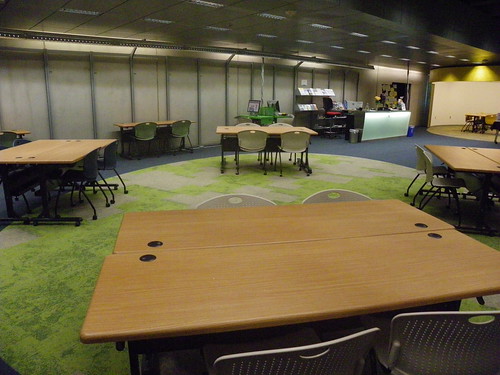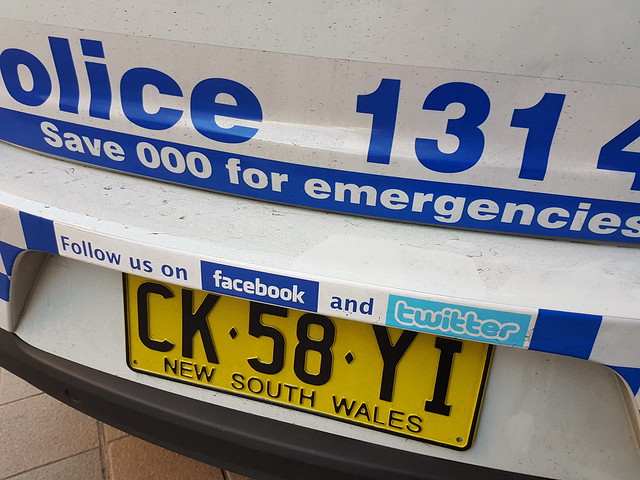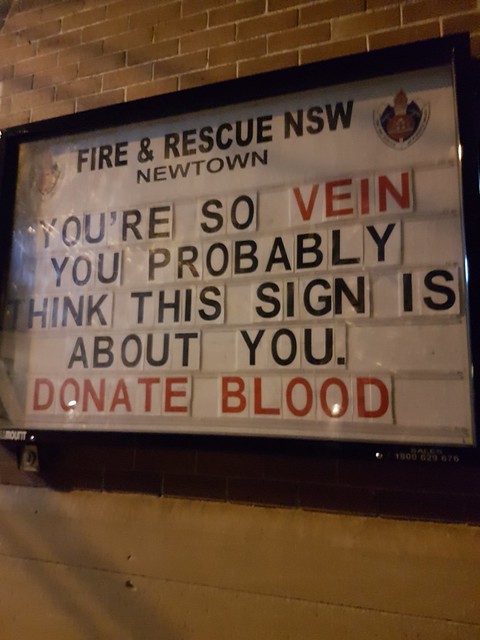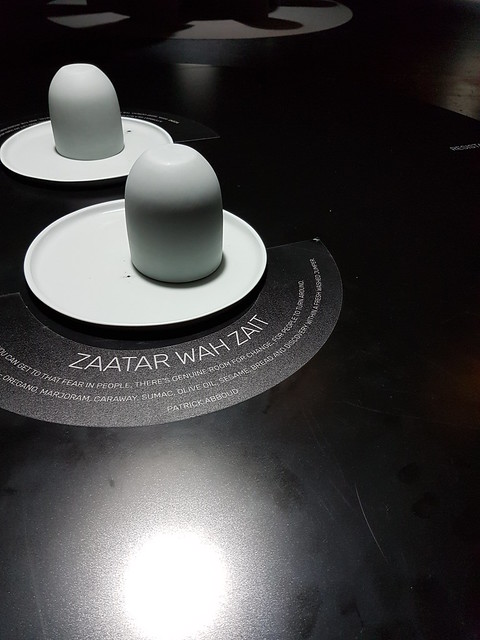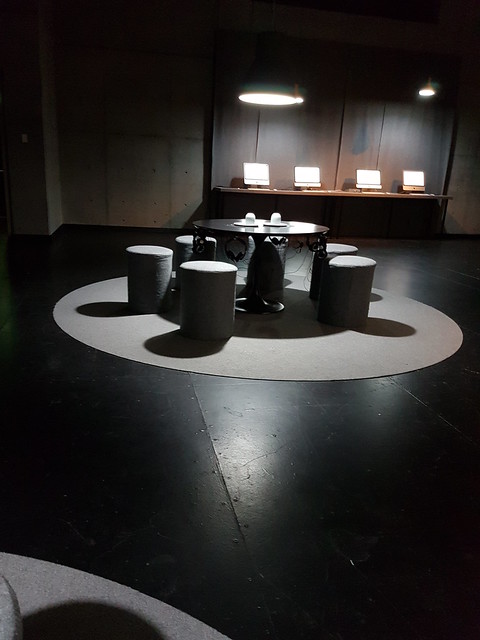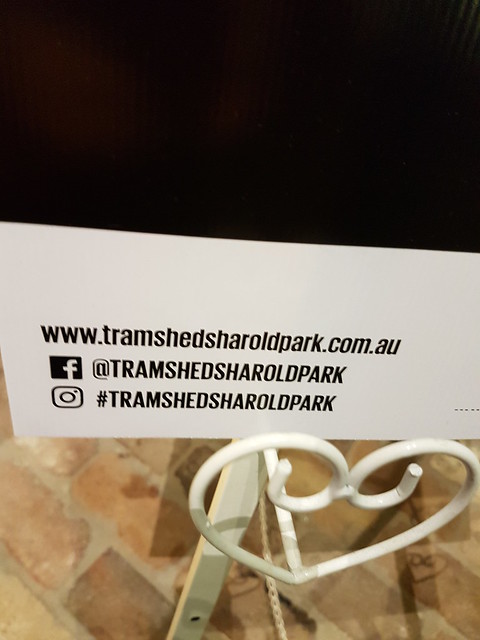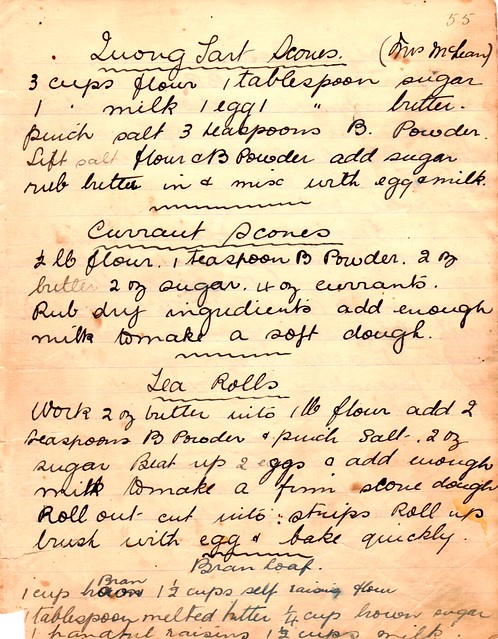 Game Changers by Dan Golding
Game Changers by Dan GoldingMy rating: 5 of 5 stars
Read the subtitle of this book, as it provides a summary of the contents. This is a powerful and disturbing about the recent history of conflicts relating to video games. While this book contains the very disturbing experiences of key figures, it is also an encouragement to make and play games. Both Leena and Dan provide their own experiences of harassment, and these areas of similarity and difference are important. The key section to remember is that ‘video games are for everyone’.
Even if you are in the minority of people who do not play games this book will resonate because other elements. This would be a helpful book for library staff to read because of the way it may help with thinking about games.
View all my reviews


